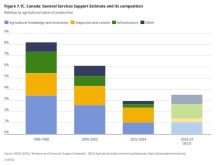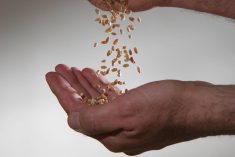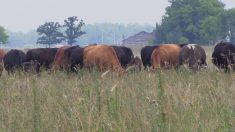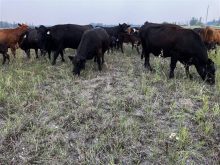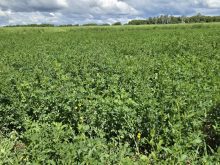Texas Governor Rick Perry asked for disaster relief assistance from the federal government March 6 for drought-stricken farmers across the state.
Parts of south and central Texas including the ranchlands around San Antonio and the state capitol Austin are suffering from their most severe drought on record, exacerbating the woes of the state’s cattle industry already been laid low by the country’s deepening recession.
Extreme drought conditions also exist across many other areas of the parched state, according to the U. S. Drought Monitor.
Read Also
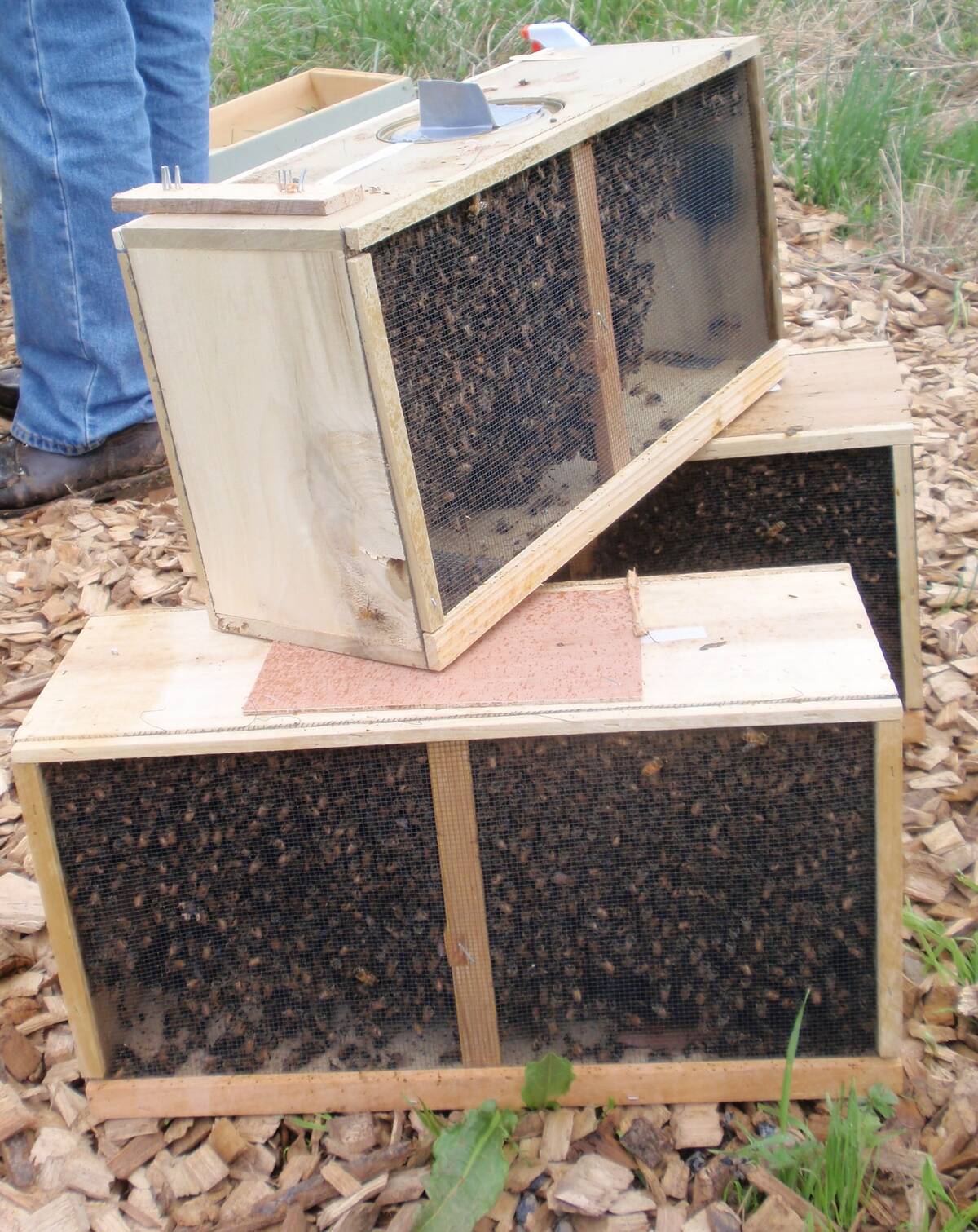
Canadian beekeepers call for regulatory accountability
Beekeepers say the Canadian Food Inspection Agency should restore packaged U.S. bee shipments, claiming the agency isn’t following evidence.
“Governor Rick Perry today reques ted that the U. S. Department of Agriculture provide disaster relief assistance for Texas farms and ranches that have suffered economic and physical losses as a result of severe drought conditions,” Perry’s office said in a statement.
“If Perry’s statewide request is approved, qualified farm operators in all Texas counties will be eligible for low-interest emergency loans from the USDA. The agency also offers additional programs, such as technical assistance, to eligible farmers,” the statement said.
Drought is also gripping much of the rest of the U. S. southwest, threatening farmers and water supplies in fast-growing cities.
In California, Governor Arnold Schwarzenegger has declared a statewide drought emergency, urging the state’s cities to impose mandatory conservation measures to cut urban consumption by 20 per cent.


